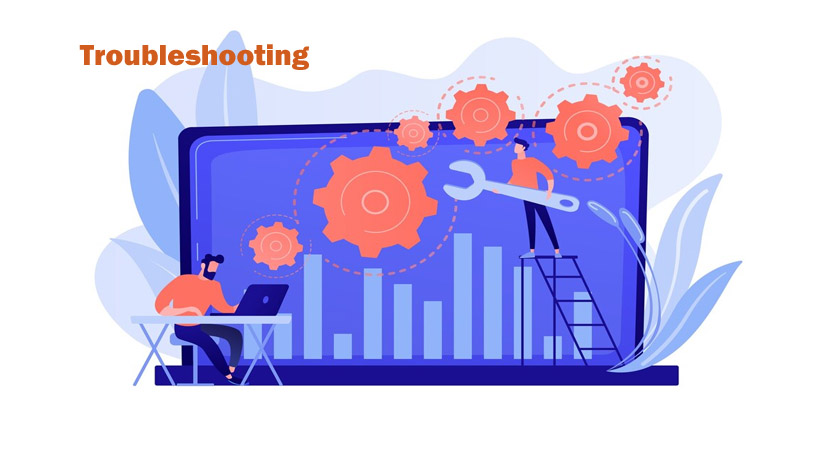Troubleshooting is a process of determining and solving problems of software or hardware to make sure that there is adequate customer support. It requires communication technical skills and knowledge of diagnostic tools to analyze and resolve issues.
Many companies nowadays also provide basic troubleshooting tutorials and guides online for customers to solve common issues. With the help of this idea, the process has become very efficient for customers, allowing them to solve more minor issues and the customer service professionals to focus on more challenging tasks.
What are the Critical Components of the Troubleshooting Process?
- The initial troubleshooting step is identifying the problem or error. Superior, this process involves collecting information about the symptoms that are associated with the issue.
- The next step is to gather as much information as possible since you have identified the issue. This includes various details, such as how and when the error occurred. Any changes in the product usage and other details related to the device, operating system, or other hardware Components.
- Once the information is collected, it’s time to analyze it. In this process, you must look for factors contributing more to the issue. Analyzing the information will help you narrow down the possible causes of the error.
- You are creating a hypothesis about the cost of the error using the process of elimination. Please look at all the possible contributions identified during the analysis process and choose the one most likely to cause more issues. The hypothesis that you have collected should be clear and concise.
- Start testing the hypothesis. This step involves taking proper action based on the hypothesis and observing the results. The goal here is to verify whether the hypothesis is correct or not.
- Once you have identified the cause, you can move to the final step, implementing the solution. This step involves taking proper action to resolve the problem, and that depends on the issue. The solution can be quick and easy, or it could be more complex, which also depends on the problem.
Conclusion
In conclusion, troubleshooting are crucial skills in the customer service industry. For practical problem-solving, you need to take a systematic approach. Also, please make sure that the process you provide follows best practices. With the help of sound principles and techniques in the work, you can improve your troubleshooting skills.

